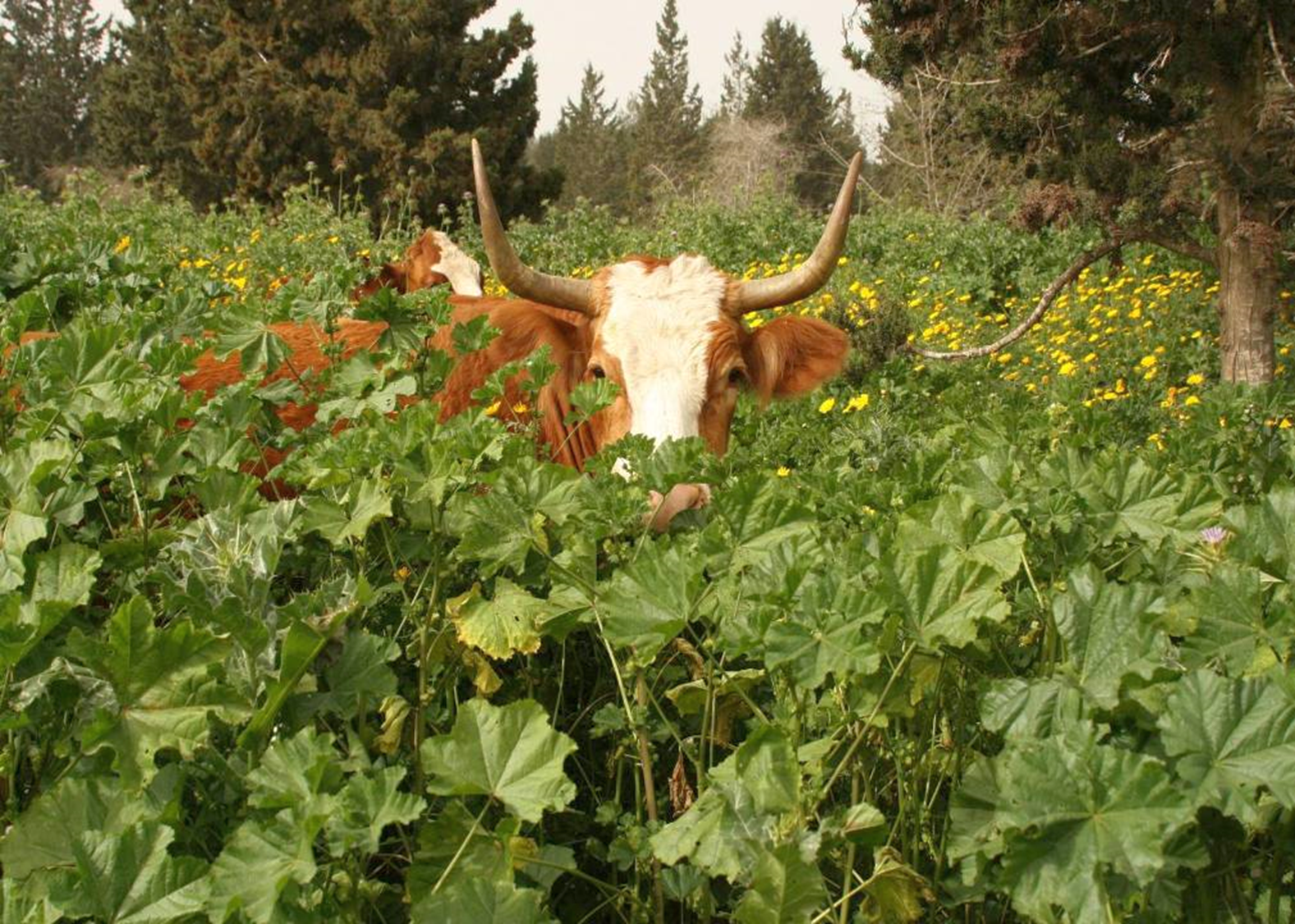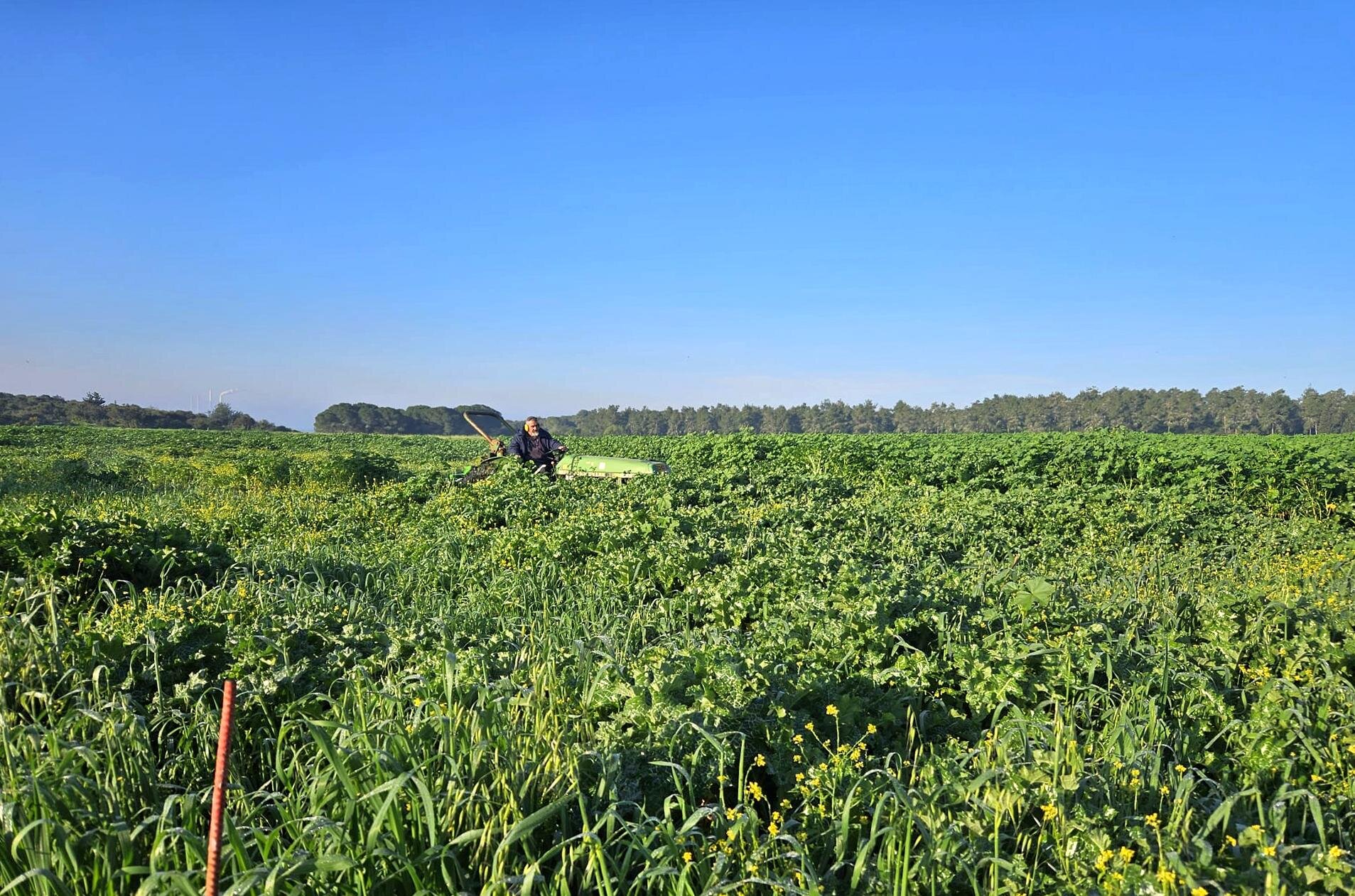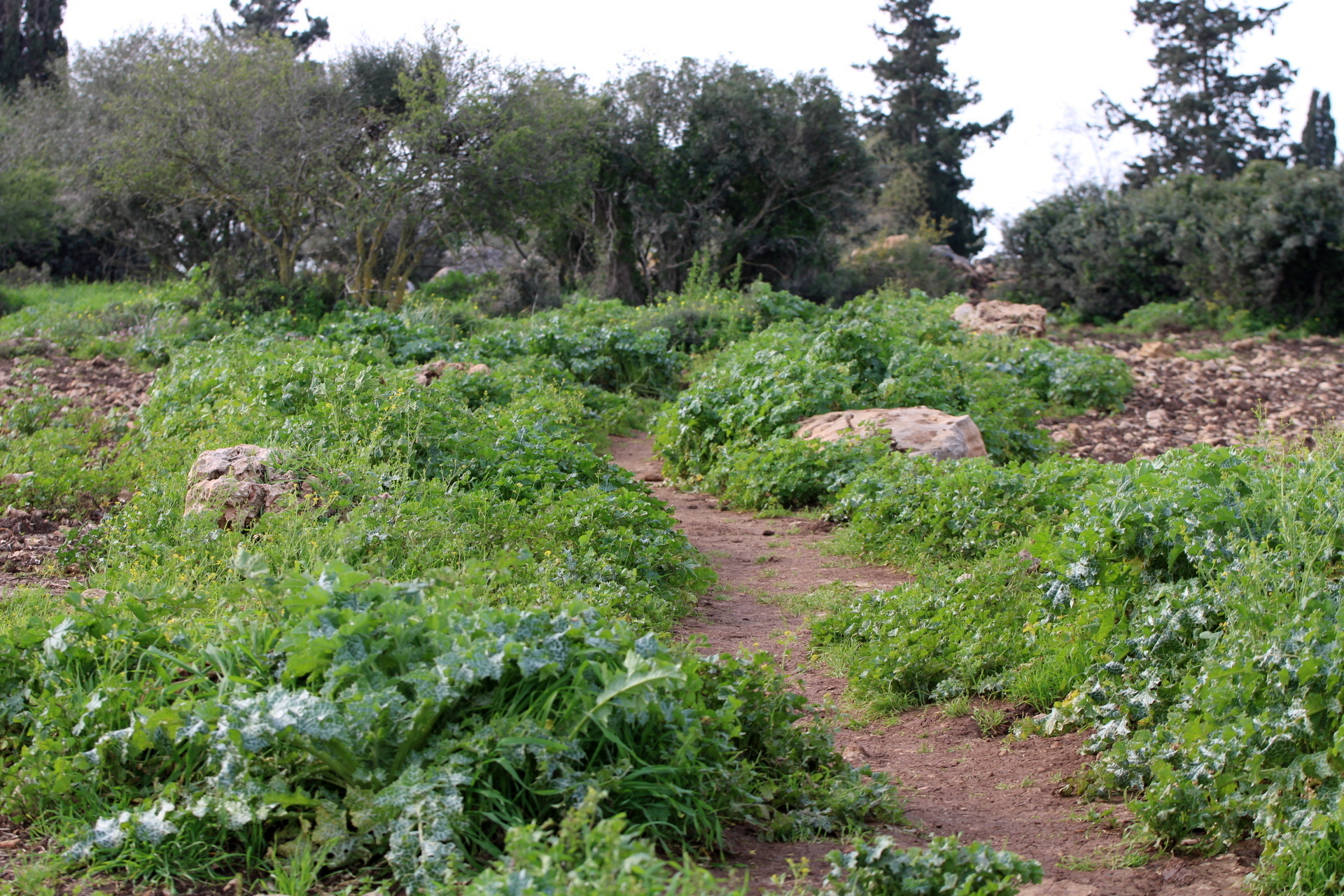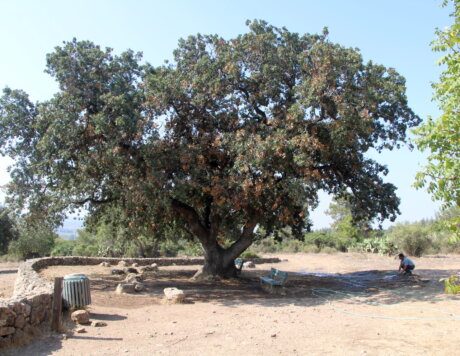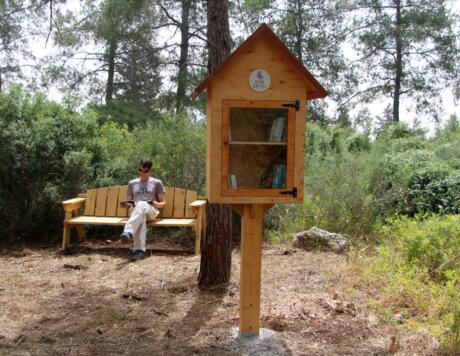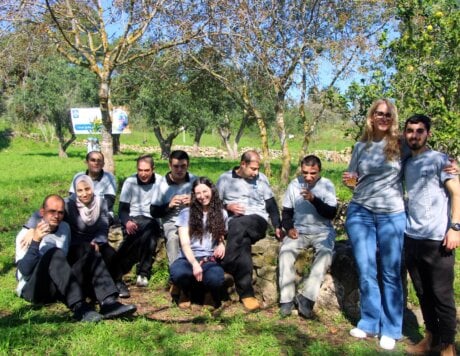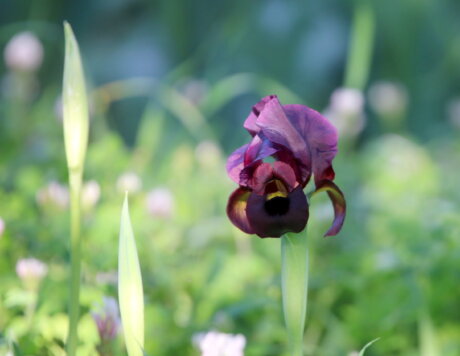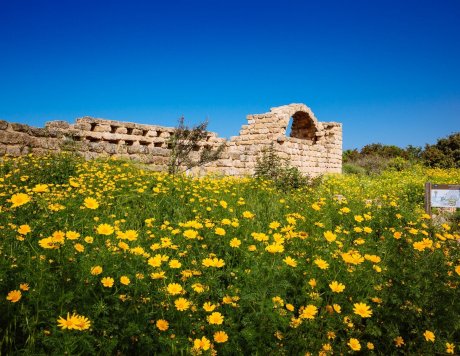How do we rehabilitate soil that is too rich in nitrogen and phosphorus?
Dr. Tzach Glasser, director of the Nature Park at Ramat Hanadiv, explains that rehabilitation includes two stages: first, reducing the seed bank of the overabundant species, and second, planting other species in the area to help treat the soil. To prevent dispersal of the overabundant species’ seeds, we cultivate and mow the area, removing the plants before they have time to flower and disperse their seeds.
During the planting stage we select species that can absorb nutrients from the soil (thus increasing competition over these resources and balancing its composition) and create a microclimate (a unit of land characterised by light, temperature, humidity and wind conditions that differ from the surroundings, producing different living conditions), mainly through shade. We know that it’s more difficult for overabundant species to establish under shrubs and shady trees, since they require direct sunlight.


